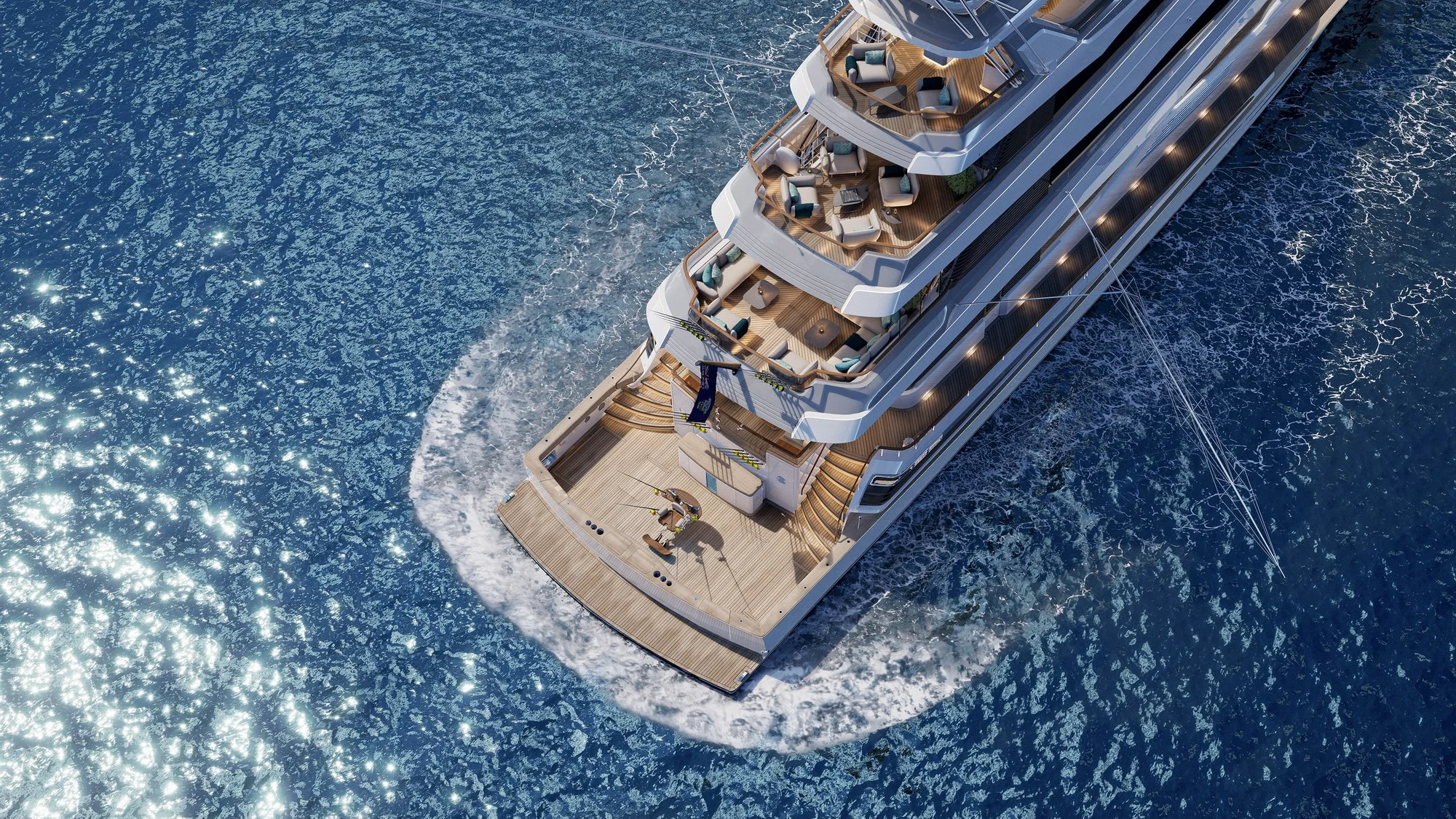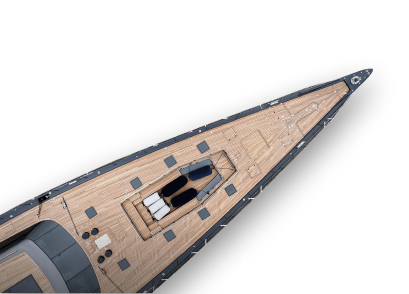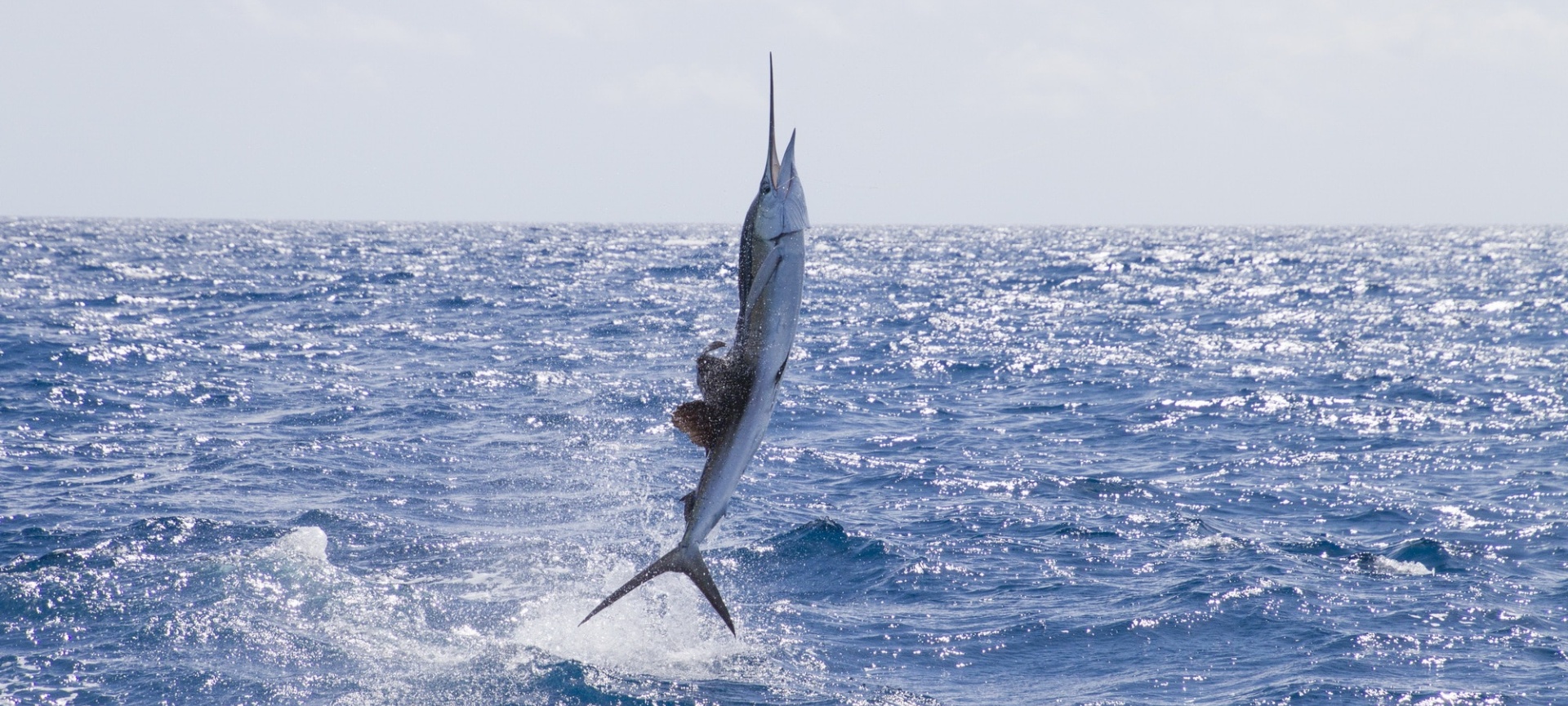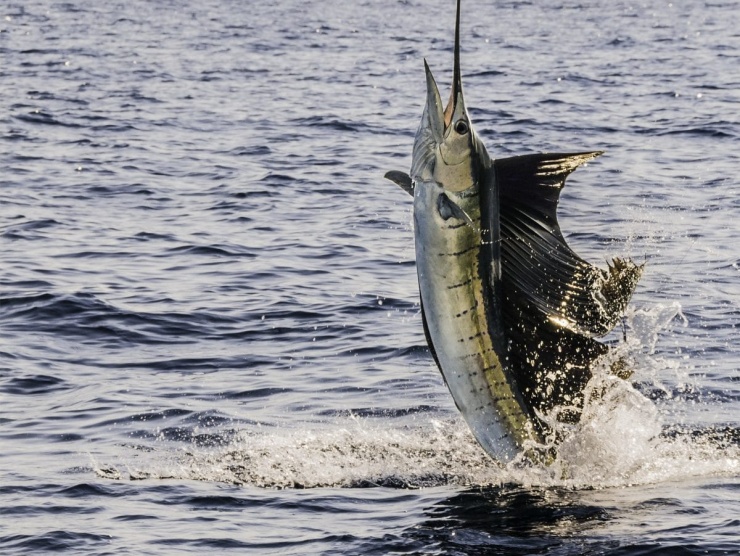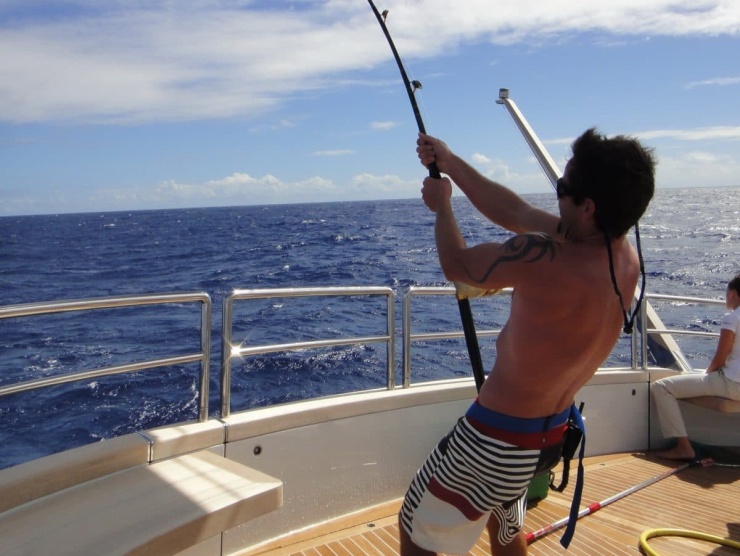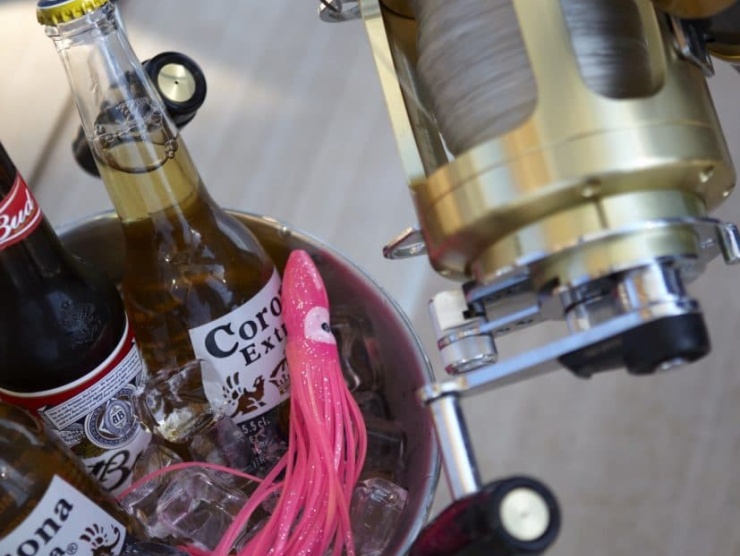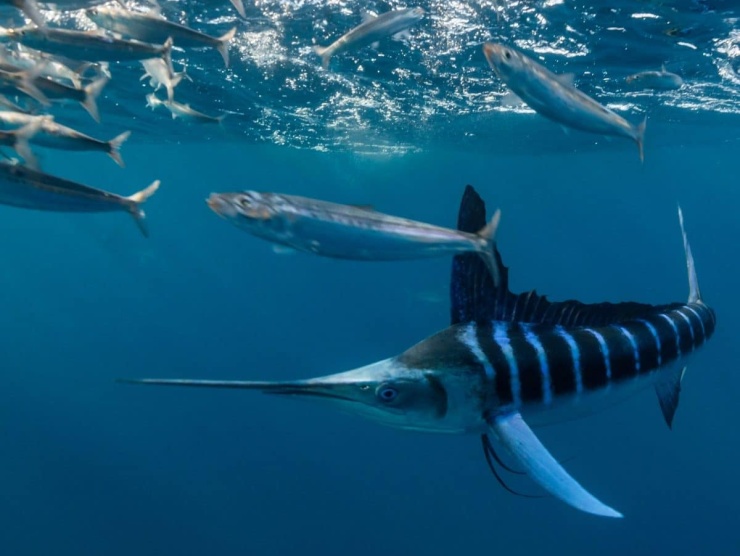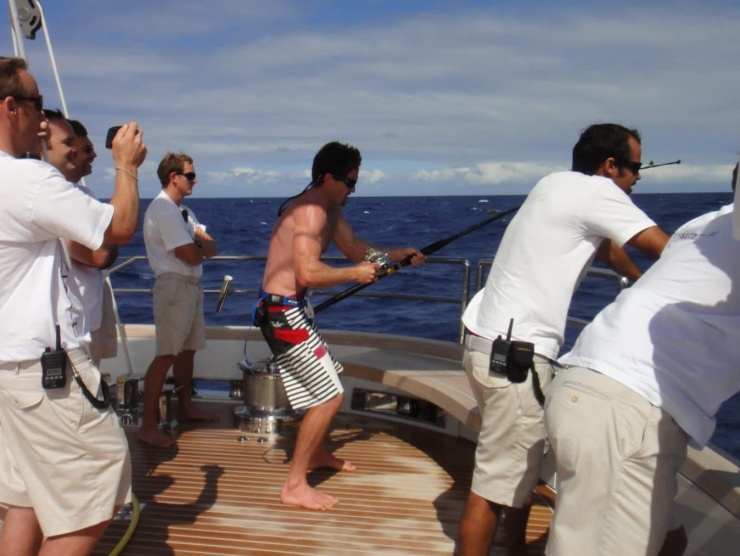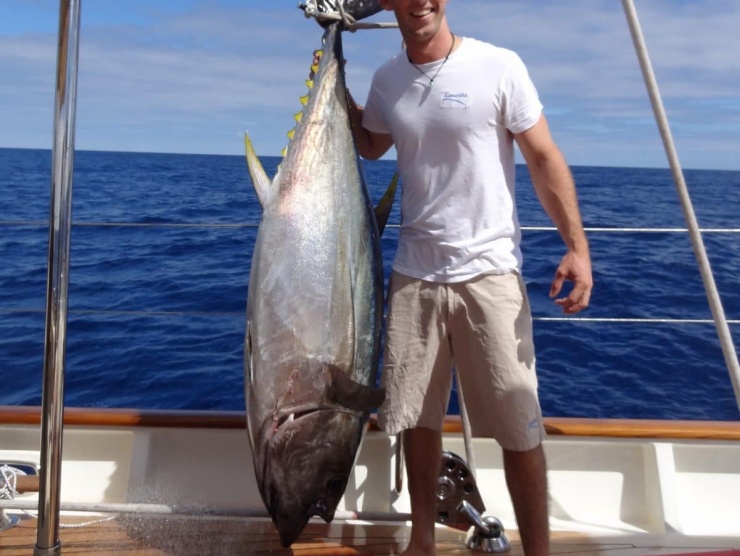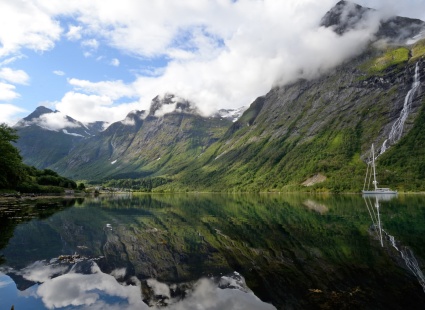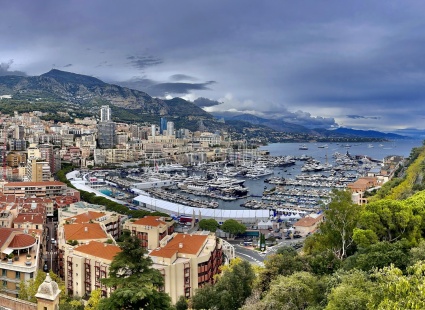THE THEATRE OF THE OCEAN
Most yachties will be familiar with the excitement of landing a large ocean-going fish when on passage. The ‘what have we got?’ moment when the rod tip bends and line is dragged off the reel, the intake of breath as the fish breaks the surface to reveal its type and size, the tense thrill as it is carefully manoeuvred aboard (or the anti-climax as it breaks away!) and, finally, the anticipation of the wonders the chef will create tonight with the sea’s finest fresh offering.
For sportfishing enthusiasts, the emotions are similar – only much, much more passionate!
A little history
Sportfishing first became possible in the late nineteenth century following the invention of the motorised boat. Prior to that, almost all fishing was for commercial catch or community sustenance.
Sportfishing is said to have been pioneered by marine biologist Dr. Charles Frederick Holder in 1898. He wrote many books and articles on the subject, describing his scientist’s wonder at the sea creatures he was able to discover, along with ‘ripping good yarns’ about the dramas and perils he encountered along the way.
In the 20th century sportfishing really took off and no-one did more to popularise and romanticise it than Ernest Hemingway with his unsurpassable novella The Old Man and the Sea and his adventurous life among the bars and hang-outs of Bimini and the ‘Islands in the Stream’ (The Gulf Stream).
In that era, sport-fishing boats, although not large, were designed to travel long distances in search of their catch. Today’s advanced marine monitoring systems make fish-finding less of a lottery, but skill is still required.
The colossal expansion of sport fishing and especially competitions towards the end of the 20th century led to new regulations requiring better equipment and training to conserve stock, encouraging ‘catch and release’ sportfishing practices wherever possible.
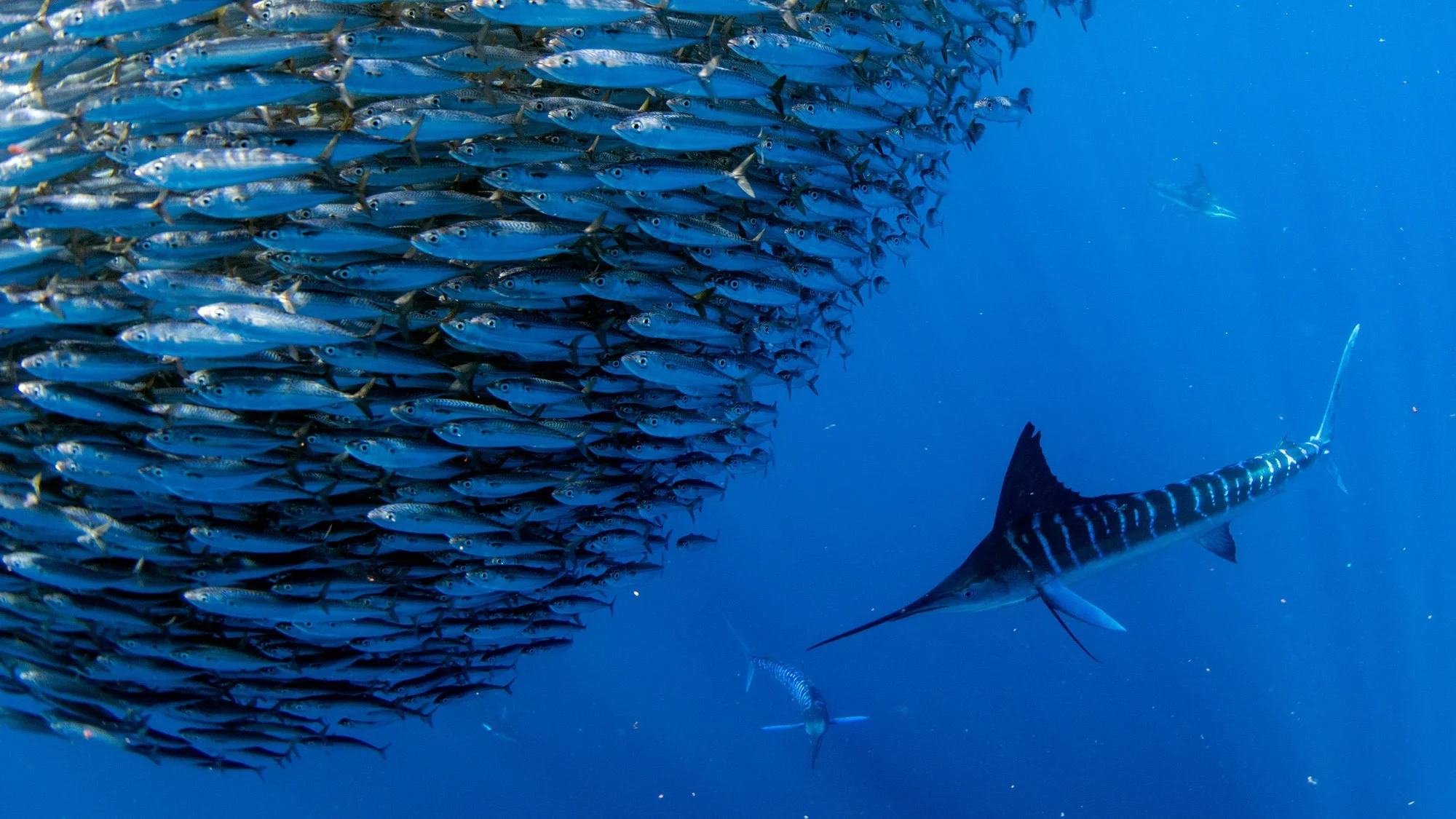
Popular locations
Some of the world’s best opportunities can be found in the Gulf Stream as it flows between the Gulf of Mexico to the US states of the north-eastern seaboard. These nutrient-rich warm currents carry prime open water fish – especially the prized ‘bill-fish’ Marlin and Sailfish – in seemingly endless numbers throughout the year.
There are also abundant stocks in the warm waters of South and Central America, the Indian Ocean and the Pacific rim, with the best locations easily identified by the numbers of yachts in the marinas featuring towers and outriggers.
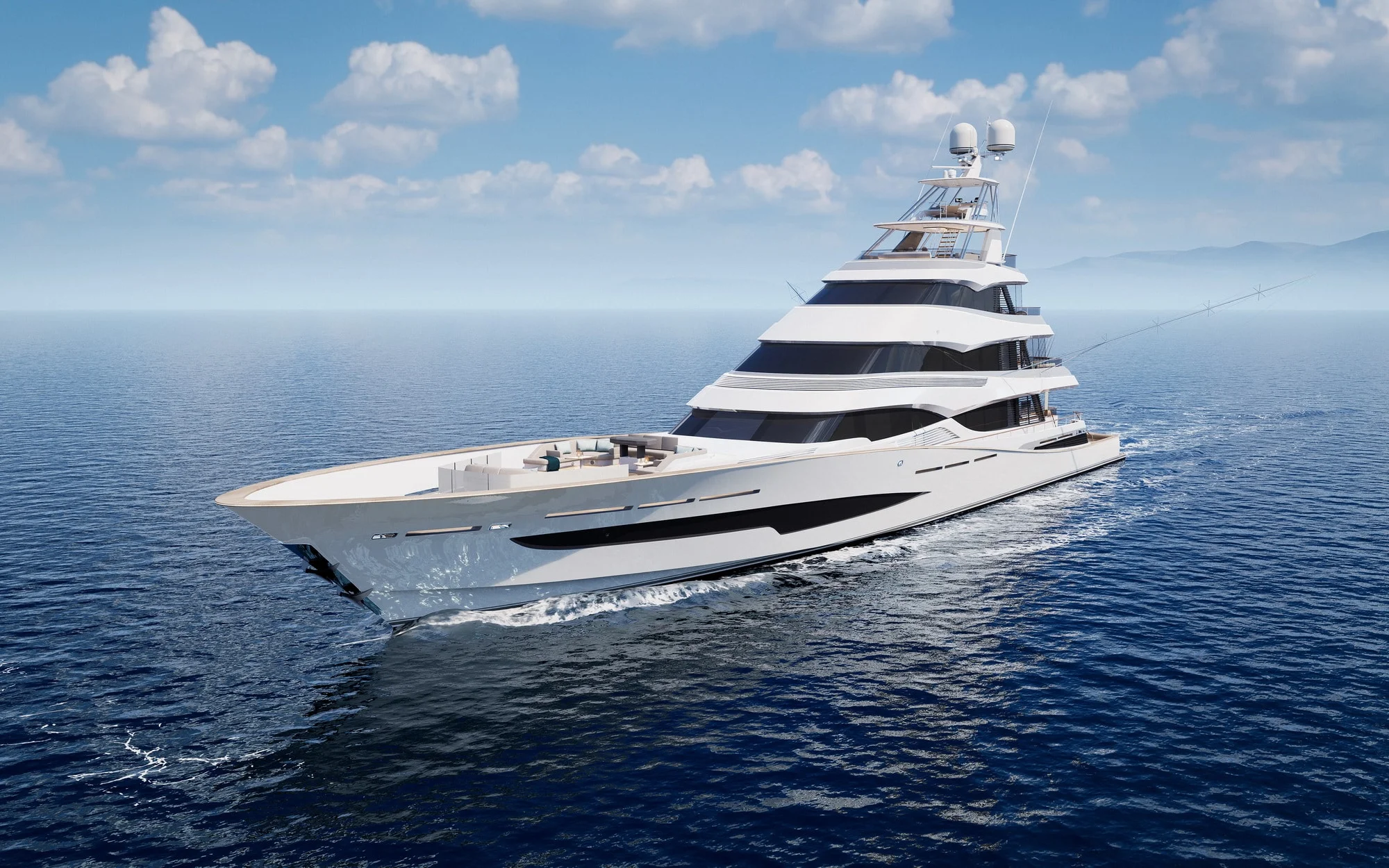
Sportfish boat design
The characteristic design of these specialised boats has evolved over time to a recognisable type profile that meets all the practical operational requirements from both a seakeeping and a fishing perspective. The distinctive, long and sweeping bow with high bulwarks is similar to that of offshore commercial fishing vessels – and for the same reason: to displace approaching waves and maintain speed in lumpy conditions on the way to fishing grounds.
The high tower and steering station offer the helmsman outstanding views with an angle down onto the water (rather than across it) to spot shoals of fish or indications such as diving seabirds. Once a fish is on the line, the spotter can provide the fisherman with important information on the bearing and distance of the fish and, most importantly, its direction of travel. The problems of the fish going beneath the hull are only too evident and so these boats are not only highly manoeuvrable but sometimes also have a ‘fast-aft ‘capability to maximise all options to avoid that situation.
The tower, especially in the case of larger sportfish yachts, also provides a superb viewing platform for guests to follow all the action as the spectacle unfolds below.
The low, open, and uncluttered aft cockpit close to the water facilitates access to gear and clear sight of the catch as preparations are made to land it.
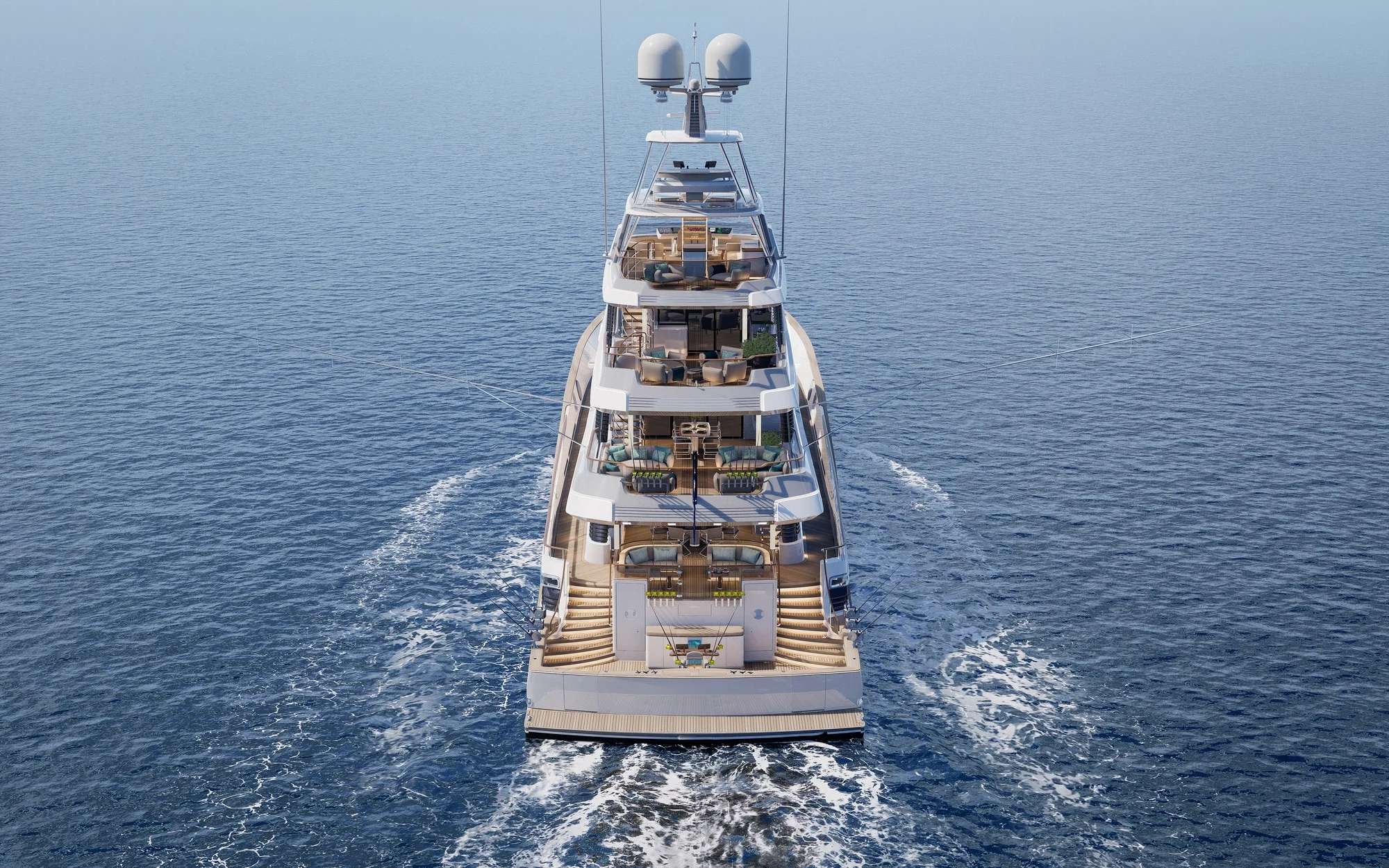
The ‘gear’
Most observers will be familiar with the ‘rods’ that project from either side of sport fishing boats but are less clear how they are used. In fact these are not rods, but outriggers. There is obviously a limit to how many lines can be trailed from the stern of the yacht and that clearly imposes a limit on how much sea area you can cover by trailing two or three lines astern.
The answer is outriggers. These can be swung through a right angle from stern to beam. Lines from rods are passed through a snap-link on each outrigger before the outriggers are swung fully outboard on either side and secured with outhauls and stays. In this way, the boat captain can set up lines and bait in a total spread of 3 to 4 times the yacht’s beam. When a fish strikes, the line release is automatically triggered, control goes to the reel, and the real action begins!
This is probably the single most important piece of equipment used to enhance the possibility of a catch but, this being a very technical sport, there is a good deal more to learn. Not least that experience is always the key factor in deploying the gear to maximum effect.
Once the fish has struck the bait, rods can be slotted into a chair or a harness (often both) to manage the heavy shock loads of a large and powerful fish. The battle between the fisher and fish can be a long and hard one with no easy prediction of the outcome. It is this aspect that creates such great theatre for the onlookers as they enjoy their refreshments on the decks high above.
